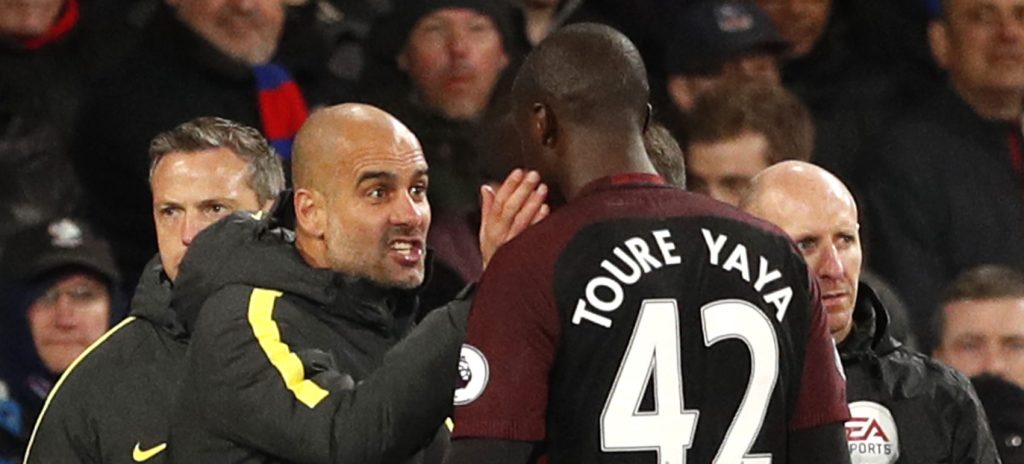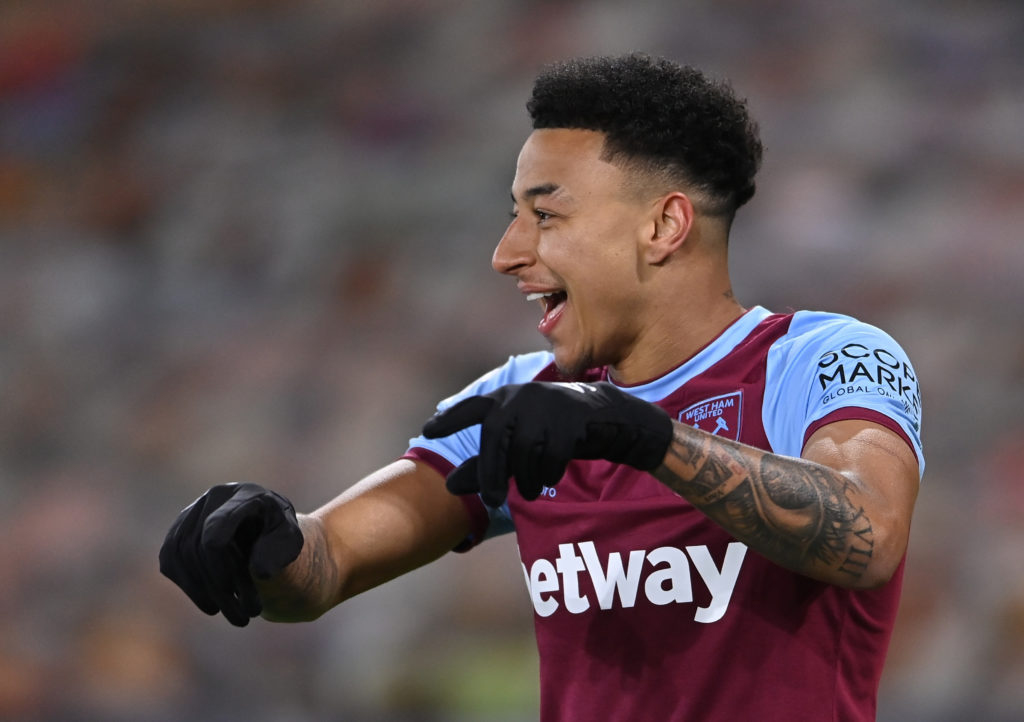We often hear the term ‘form’ get thrown around in football. A player who has in the past been a good or average player suddenly becomes a spectacular one with no real explanation for his improvement besides the fact that he is ‘in form’.
With players like Jesse Lingard (£6.5m), Kelechi Iheanacho (£5.9m) and Matej Vydra (£4.8m) finding the back of the net this week I thought it would be a good idea to talk about form for this week’s article.
I have always been a firm believer that good fixtures can often create a good spell of form. However, there are also instances where form has prevailed over fixtures. I searched around for a definition of ‘form’, and this is the one I really liked:
“Form typically refers to a player’s level of performance relative to their potential level of performance.”
Source – https://pca-nwa.com/what-it-means-to-be-in-form/
I think it’s fair to say that a player is in good form when he is performing better than expected, but is it that simple? Who sets these expectations and how?

I believe that, as the above linked article suggests, form is in the mind. It is a change in mentality. Confidence plays a huge role in sport and a positive mental state can often contribute to what we call good ‘form’. Having played Fantasy Premier League (FPL) for over 11 years now I have seen countless examples of it.
Papiss Cissé is a player I can never forget and he remains for me the greatest illustration of form. The Senegalese striker scored 13 goals for Newcastle United in the second half of the 2011/12 season in just 14 appearances. In the subsequent full season, he managed just eight goals in 36 matches. He proceeded to score two, eleven and three goals in the next three seasons.
His numbers in 2011/12 were not spectacular, but I remember watching the player and there was something about him, an air of confidence, bordering on arrogance. It was like he knew every time he was going to shoot that he was going to score.
I was at Stamford Bridge when he scored two of the best goals I have ever seen, with the second almost defying the laws of physics. When it went in, it seemed he almost couldn’t believe himself what had just happened.

Then there was Yaya Touré who, having tallied just six goals and six assists in 2012/13, notched a whopping 20 goals along with nine assists in 2013/14. Certainly, some of this could be put down to a change in tactics or role, but I remember looking at him and thinking, “This guy has a swagger about him this season”.
I could also talk about Aaron Ramsey in the same campaign. Again, his underlying numbers were nothing special and we didn’t have xG back then, but I am sure he would have defied almost every model there is.
As Fantasy Premier League (FPL) players we only see what is happening on the pitch. We have no idea about the other factors that affect a player’s mental health – family, personal life, bond with teammates, change in habits and so on. The PCA article states:
…optimum performance includes mental as well as physical performance
There are also various studies that dispute the phenomenon of form. Some of this work is cited in the book “Myths and Facts about Football” edited by Patric Andersson, Peter Ayton and Carsten Schmidt, which is discussed in an article on the sportingintelligence.com website:
For example, Alan Shearer scored in 79 per cent of home games (34/43). But when he had failed to score in his previous home game his rate was 85 per cent (17/20). In other words, his form was “hotter” when he had not scored, although not significantly hotter, statistically. The same pattern was observed for Shearer away from home, and overall. The same analysis was done on 11 other players – Beardsley, Cantona, Fowler, Le Tissier and Sheringham among them – and “none of the associations for any player, home or away, show a pattern of scoring such that players are more likely to score if they scored in their previous game.”
The implication here was that Shearer was more likely to score in the next game if he hadn’t in the previous one, suggesting he was an individual who would motivate himself more if he had failed previously. Now, this may apply to the top, top players who were already performing at a high level, but what about players who may have been considered as comparative ‘also-rans’ in the past, like Lingard, Nacho and to an extent, Vydra? Maybe our expectations about their ‘normal’ level of performance were wrong?
Let’s start with Lingard…

Over the last six matches, Lingard has scored six goals from an xG of 3.04. His delta of 2.96 is by some distance the highest in the league with Bale 1.04 behind.
What can explain this ‘overperformance’? Two possibilities are:
- The xG model is itself fundamentally flawed as it assumes players are of equal skill and ability at various points in their life cycle. A player might hit a shot differently if he has scored four goals in the previous four matches than if he has missed sitters. As a Chelsea fan, I saw no better example of this than Fernando Torres.
- The mental aspect – confidence – which is impossible to quantify. West Ham and Lingard right now could be in an optimal mental state and that is helping them to achieve results which may be considered beyond their ability. This can be due to various factors on and off the pitch.
Very often good form can appear to be a ‘bandwagon’. We believe that this period of overperformance is unsustainable and just a ‘flash in the pan’. So how do we as FPL managers look to spot form? I think it is a mix of both the eye-test and statistics, with a greater reliance on the former.
A player’s body language, which I know is difficult to explain or quantify, is often the biggest tell for me. The likes of Iheanacho and Lingard have an air about them which reflects their optimal mental state. They’ve had it for weeks now.

Foolishly, despite banging on about Lingard over this time, I chose to ignore him this week, wanting to observe what effect the loss of Declan Rice (£4.7m), and in particular Michail Antonio (£6.6m), might have on Lingard’s output. It’s not like Lingard is posting poor numbers. No midfielder has registered more shots on target over the last six matches:

Now let’s look at Iheanacho…

Over the last six matches, the Nigerian forward has a goal conversion rate of 33.3%, basically scoring from every third shot he takes. Robert Lewandowski, one of the world’s best finishers has managed a conversion rate of 30.7% this season.
Is this unsustainable for Iheanacho in the long run? Probably. But how long do we really need to look for? We are, as FPL managers, only concerned with the remainder of the season, maybe even less if we are looking to get rid of a player before the final few fixtures. We need to acknowledge the purple patch and look to capitalise on it right away.
Both Iheanacho and Lingard will be making their way into my squad this week. If you don’t own one, or both , I strongly suggest you make plans to do so. Thanks for reading.




3 years, 7 months agoI've got an FT I need to use or lose before GW33 FH.
Martinez
Shaw, Rudgier, Dias
Bruno, Son, Salah, Lingard, Gundo
Kane, Iheanacho
McCarthy, Bamford, Veltman, Struijk
0.2m ITB, 1 FT
A) Gundo to Neto
B) McCarthy to Forster (with GW35 or 36 BB in mind)
C) Martinez and McCarthy to Lloris and Forster for a hit,
D) Other what ?